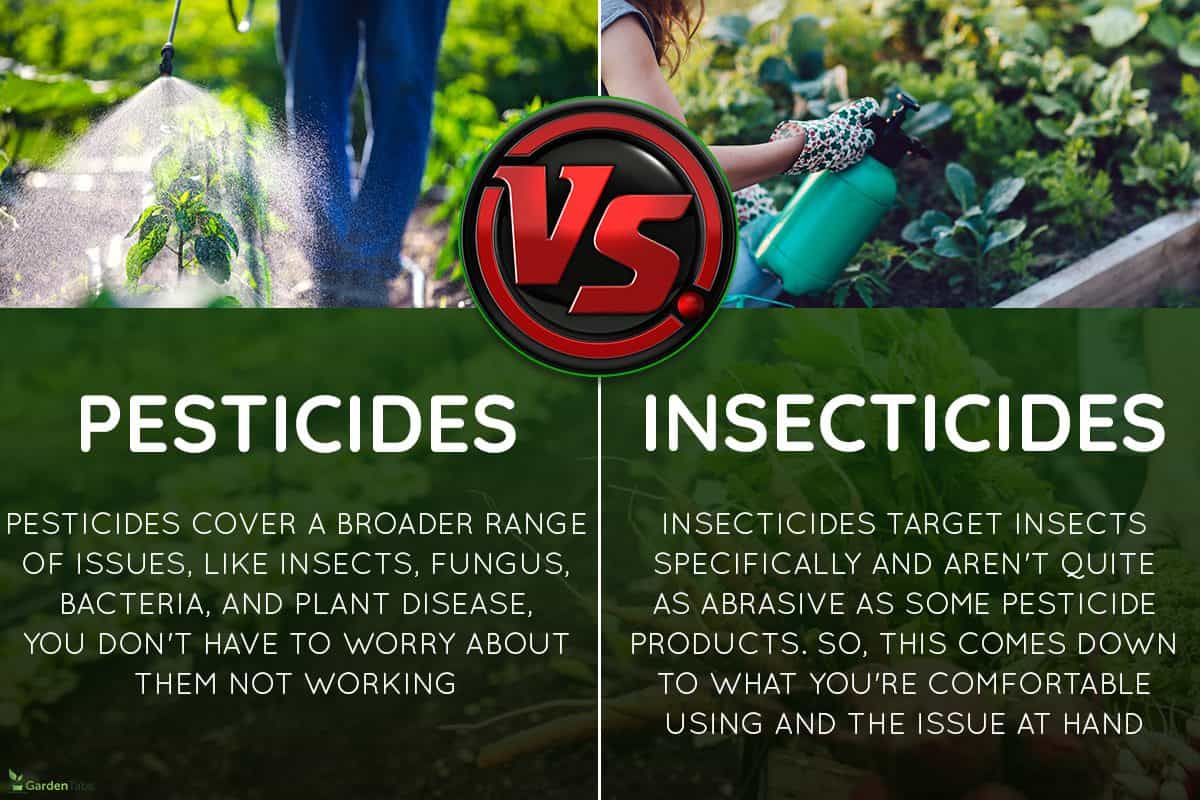


Leaching is the extraction of chemicals from soil by water moving through the soil.

Their relative runoff potential, as shown in the following tables. Such areas can upset nearby ecosystems and threaten wildlife. Numerous manicured lawns are treated with pesticides and fertilizers. This is a concern particularly in subdivisions where Water is visible, runoff may reach a water body by way of ditches, storm sewers, or Runoff is the most direct route to surface ponds, lakes, or streams. Pesticides leave the target area by degradation or breakdown,Įvaporation to the atmosphere, leaching to ground water, and runoff to surface water. However, some pesticides can move from the site of application Pesticides are designed to stay in place to control the target pest, then degrade Some lawns, for example, receive 10 or more pesticideĪpplications per season, and two or three times as much nitrogen as a typical field In residential areas, chemicals are applied to smaller areas, but applications Use of pesticides and fertilizers in residential areas is very different from agricultural In streams and lakes near areas of urban or suburban development. Have shown that, after a heavy summer rain, nitrates and pesticides increase dramatically Pesticides, fertilizers, and other active materialsĪre used extensively in the urban, suburban, and residential environment. But, for the urban and suburban environment, residential Public concern generally focuses on the use of pesticides and fertilizers on large Protecting the environment also requires careīecause some pesticides, specifically insecticides, herbicides, and fungicides, mayīe washed from lawn areas to surface and ground waters. But landscaping requires intensive care, such as watering,įertilizing, mowing, and pest control. Prevent erosion, conserve water, deaden sound, supply oxygen, and increase aestheticĪnd recreational values. Impact of Pesticides on Aquatic OrganismsĪ well-maintained, healthy lawn and lush ornamentals increase property values, help.Integrated Pest Management for Residential Areas.


 0 kommentar(er)
0 kommentar(er)
